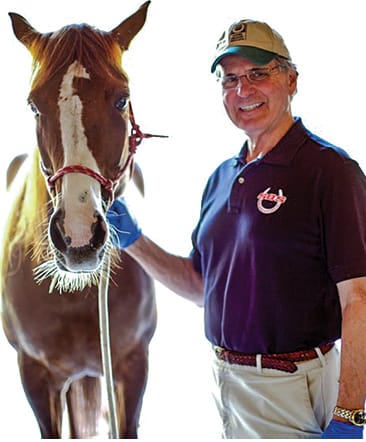American Farriers Journal
American Farriers Journal is the “hands-on” magazine for professional farriers, equine veterinarians and horse care product and service buyers.
Although it’s been recognized for years that using various substances to coat the outside of the hoof can have beneficial effects, knowing when to use those substances and even what type to use can be difficult, says Ray Tricca, owner of SBS Equine Products in Naples, Fla.
The first factor to consider when deciding whether to use a conditioner is the composition of the hoof wall. The elasticity of the tubules that compose the hoof wall will tell you about its internal moisture content, which mostly comes from the blood and lymph vessels within the hoof. A good hoof conditioner will help to maintain that moisture and prevent evaporation.
“Attempting to moisturize the hoof from external sources such as oils, grease or salves is mostly futile because they wash off too rapidly,” says Tricca. “The coronary band is the only place where products meant to increase hoof growth should be applied, and even care should be taken here.”
Although some may tout synthetic sealants as the most effective means of keeping moisture within the hoof wall, they cannot be used on the frog and sole since they prevent transpiration (water vapor transmission). Instead, dual-action conditioners made from natural proteins are a farrier’s best bet at maintaining the hoof’s natural moisture balance and protecting from infection. Plus, they do a good job of producing a “battle-hardened finish,” and will last longer on average than other hoof conditioners will.

Ray Tricca of SBS Equine Products says that…